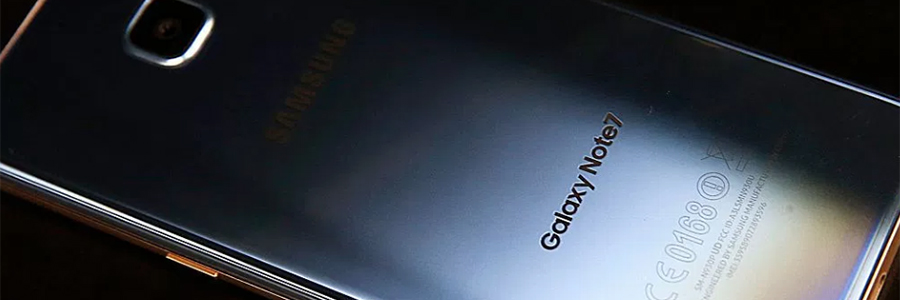Whether or not you owned a Samsung Galaxy Note 7, you likely remember the massive issues last year when defective batteries caused several of the devices to burst into flames. To protect customers and prevent any further incidents, Samsung offered exchanges and refunds on the devices.

(photo credit: techcrunch article)
Worldwide, 2.5 million of the devices were sold - that's a lot of phones for Samsung to take back. What does a company do with that many unsaleable phones? Especially when the majority of the device is still in good condition?
In our salvage division
at Pickles, every day we see different assets for disposition and the strategy often differs depending on factors like asset condition, asset quantity and local or global consumer demand. Initially, Samsung announced plans to
refurbish the phones. Refurbishment is a sensible idea to minimise environmental impact, when there is still consumer interest in a product. A more recent story this week, however, suggests Samsung may have concluded a more effective fiscal and environmental strategy is to
salvage useable materials from the phones, including rare metals, OLED display modules and camera modules. Just for an example, the phones are expected to yield 157 tonnes of rare metals, including gold.
Samsung is not alone among smartphone companies looking to salvage renewable materials in their production, and when announcing their plans for the Galaxy Note 7s, said they plan to "actively lead the industry in terms of environmental protection and resource recycling." A focus on producing - and disposing of - assets in the most sustainable way possible is admirable and should be a goal for all corporations.
26 Jul